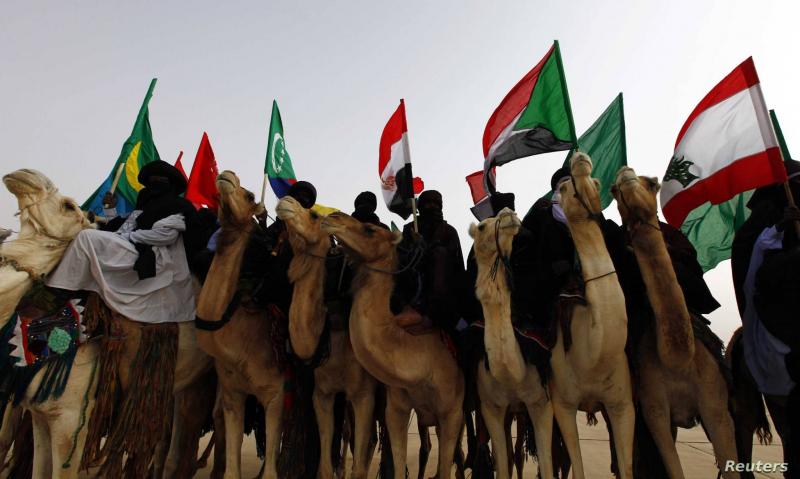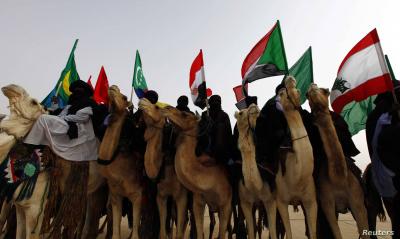The Levant region of the Arab world, commonly referred to as the Middle East, faces significant challenges as the new year approaches. The most pressing of these challenges is undeniably the raging war in Gaza and Palestine. However, the situation does not stop there. Surrounding Palestine, Lebanon is facing issues that go beyond the conflict on the southern border of the country, despite the presence of the military and international forces. It is also grappling with a prolonged internal crisis characterized by the continuous economic and living collapse, the inability to elect a new president—over a year has passed since the position has been vacant—and the existing government's limited mandate as a caretaker authority. Meanwhile, in Syria, the crisis has stagnated for more than a decade. Looking in the opposite direction, Yemen remains divided between two authorities, and a new crisis is erupting concerning the security of international trade in the Red Sea, Bab al-Mandab, and the Arabian Sea. Additionally, Libya remains divided between two governments for over a decade, and there is a massive internal war in Sudan.
Many observers have long claimed that the prospects in the region open only to the glow of war. While this assertion is not universally accepted due to the tragic losses in human life and infrastructure caused by wars, political circles in the Arab world and internationally discuss the "two-state solution" for Palestine, which is hoped to bring an end to the decades-long wars in the region. Arabs, Americans, and Europeans speak of the two-state solution as a way out of the conflicts, while the Israelis have said nothing so far. This solution is promising given the significance of those who support it and because nobody in the world wishes for the continued bloodshed among several parties, not just between Palestinians and Israelis. Nevertheless, the proposed solution remains complex and intricate. It is essential to reunify the Gaza Strip, the West Bank, and Jerusalem, to consider the fate of Hamas and the capabilities of the Palestinian Authority, and to address reconstruction... and negotiate the final solution and its issues. The most important thing now is to stop the fighting over the heads and tender bodies of children.
In any case, this is a horizon for peace that should not have required this enormous war to be considered! The strongest evidence for this is the significant peaceful activity that opened vast horizons without violence or conflict, despite being a global issue that could be even more dangerous to the world’s destinies—I mean the "COP 28" conference held in the United Arab Emirates to propose long-term solutions to climate change problems. It required a long preparation period as well as strategic diplomatic finesse because it necessitates global partnership among competing powers and involves medium and small entities whose capabilities, will, and interests can no longer be overlooked. Indeed, the outcomes of the two-week conference will have impacts on the peace, safety, and security of the world.
We thus have two models for peace and cooperation. The first model involves experimenting with all kinds of weapons, including flooding tunnels with water, leading to the death of those who survive the lethal weapons; after the immense horror, deliberation may occur on transcending violence, if possible. The second model is represented by utilizing all available knowledge, technological, and material resources to ensure peace and safety for humanity, without discrimination between one people and another, but rather based on the right of all people to live freely, honorably, and stably, a life filled with health, sustainability, and societal and human security.




